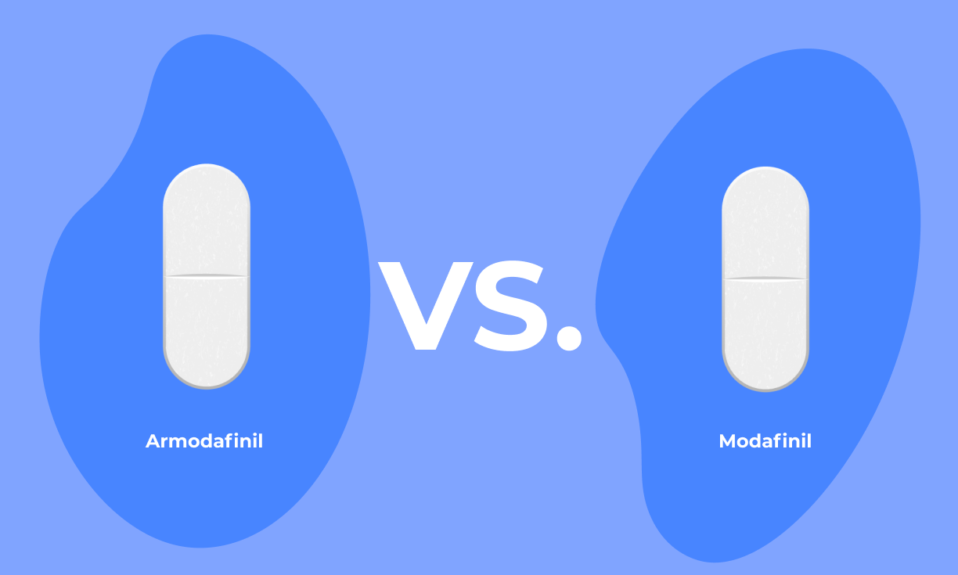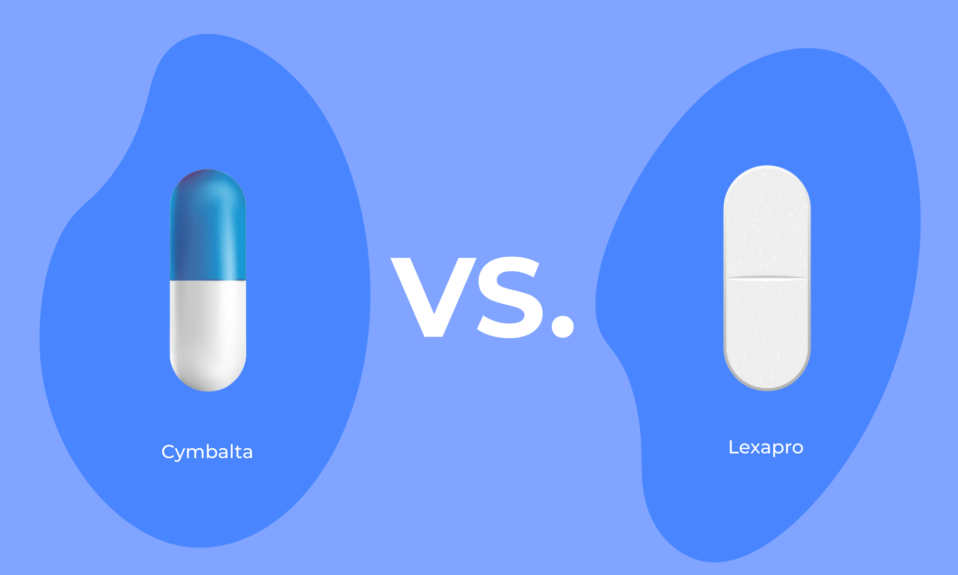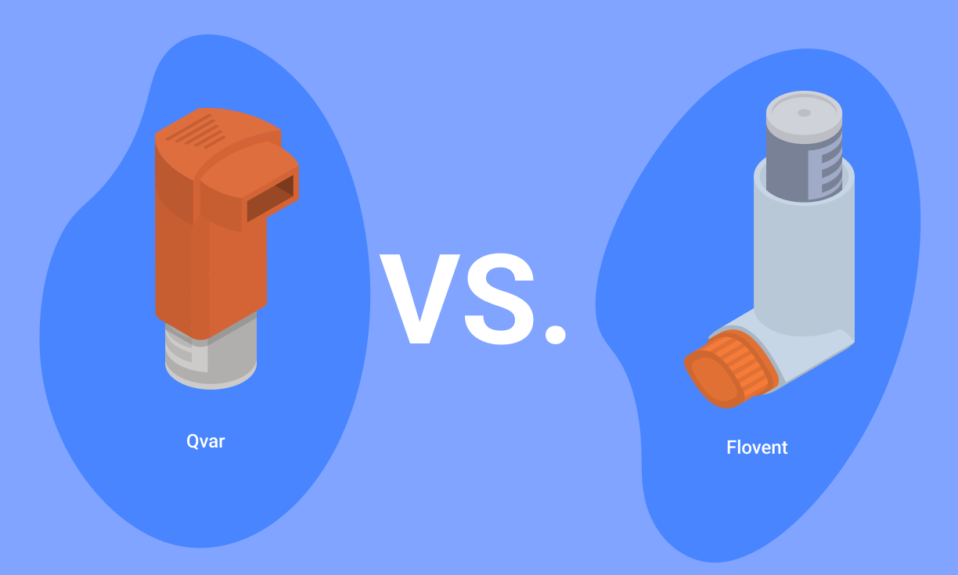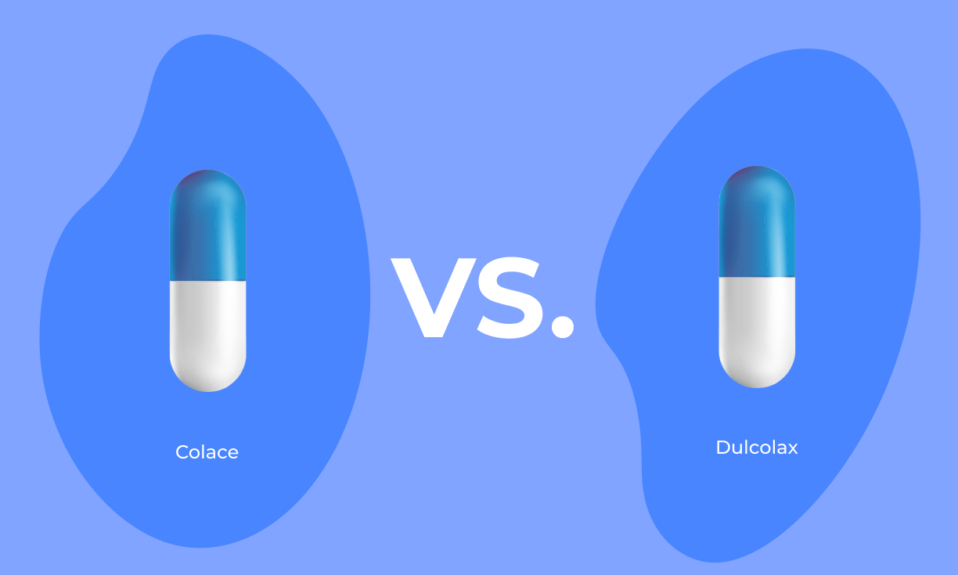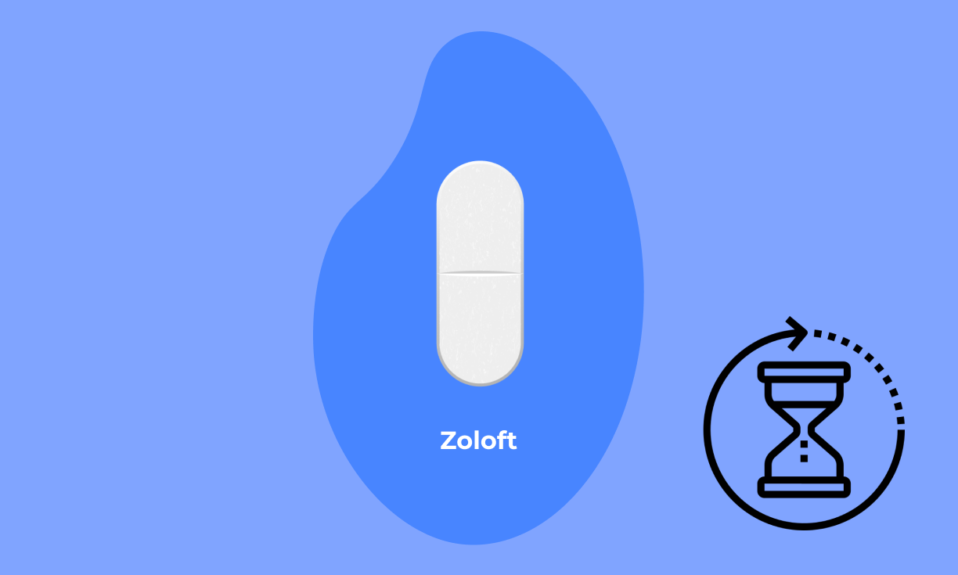Table of Contents Hide
Armodafinil and Modafinil are both wakefulness-promoting agents with many similarities but show differences in their brand names, efficacy, half-life, and chemical structure.
People who suffer from narcolepsy or excessive sleepiness often need medications to keep themselves from falling asleep at odd hours. These medications are called wakefulness-promoting agents that promote the concentration of certain natural substances in the brain responsible for wakefulness.
Two such drugs are Armodafinil and Modafinil. They are used to treat disorders such as narcolepsy, shift work disorder, obstructive sleep apnea/hypopnea syndrome, etc. While both of these drugs are closely related and used for the same purposes, they have some differences. This article will discuss the differences between Armodafinil and Modafinil and their interactions and side effects.
Differences Between Armodafinil and Modafinil
Armodafinil and Modafinil share a vast number of similarities. However, some factors set them apart. Let’s discuss some of these factors.
Brand Name
The brand names of both of these drugs are different. Armodafinil goes by the brand name Nuvigil and Modafinil has the brand name Provigil.
Standard Dosage
The standard dosage of Armodafinil is 150 mg once per day, and that of Modafinil is 200 mg once per day. Both of them are taken as oral tablets.
Chemical Structure
The significant difference between Armodafinil and Modafinil is their chemical structures. Armodafinil is a relatively newer drug and is derived from Modafinil. It is basically the R-enantiomer of Modafinil.
Half-Life
The half-life of a drug suggests how long that drug stays in your system or how long it takes for your body to eliminate it. In this regard, Armodafinil has a longer half-life as compared to Modafinil. Due to this reason, Armodafinil has often been considered the stronger drug among these two and is known to have better wakefulness effects.
Potency
When compared according to their potency, Armodafinil has longer-lasting effects than Modafinil. Both of these drugs are used for treating conditions such as narcolepsy, shift work disorder, obstructive apnea, etc. They are used off-label in multiple sclerosis, cancer-related fatigue, and psychiatric disorders such as ADHD and depression.
According to a study, Armodafinil is shown to have higher plasma concentrations later in the day. It is due to these higher concentrations that Armodafinil works better than Modafinil.
Cost
When prescribing medications, it is crucial to consider their cost and what the patient can afford. Armodafinil is relatively cheaper than Modafinil. The retail price of generic Armodafinil is $500. However, it can also be bought at a price as low as $277 in the form of Armodafinil.
On the other hand, Modafinil costs over $600.
| Armodafinil | Modafinil | |
| Brand Name | Nuvigil | Provigil |
| Standard Dosage | 150 mg once per day | 200 mg once per day |
| Structure | ||
| Half-Life | 15 hours | |
| Potency | ||
| Cost |
Side Effects of Armodafinil and Modafinil
Like every medication, Armodafinil and Modafinil have a variety of side effects. These side effects can range from mild to severe.
Here are some of the most common side effects of these medications:
- Headache
- Nausea
- Dizziness
- insomnia
Modafinil can also cause additional symptoms such as:
- Nervousness
- Nasal congestion (rhinitis)
- Diarrhea
- Back pain
Other common side effects of both these medications include:
- Dry mouth
- Indigestion (dyspepsia)
- Anxiety
- Weight loss
- Decreased appetite
Serious side effects of Armodafinil and Modafinil include:
- Allergic reactions such as rash and shortness of breathe
- Psychiatric side effects such as depression and psychosis
If you experience common side effects for extended periods or severe side effects, inform your doctor immediately and seek medical advice.
Drug Interactions
Armodafinil and Modafinil share the same drug interactions, apart from their many differences. These drugs can impact how certain drugs are processed in the body mainly because they are the inducers of the CYP3A4 enzyme and inhibitors of the CYP2C19 enzyme.
Among the most popular interactions are contraceptives. Armodafinil and Modafinil can result in decreased effectiveness of steroidal contraceptives such as Ethinyl estradiol or norethindrone. They can lead to accidental pregnancies in women who are taking these medications and want contraception at the same time. So if you are taking either Armodafinil or Modafinil and want to prevent conception, opt for an alternate method of contraception. This caution should be performed both during the treatment with these medications and up to one month after discontinuing the drugs.
Moreover, Armodafinil and Modafinil may increase the clearance of cyclosporine, which is an immunosuppressant from the body. If you use any of these medications simultaneously with cyclosporine, it can reduce the effectiveness of cyclosporine.
Another interaction includes CYP2C19 substrates such as omeprazole, diazepam, phenytoin, etc. Armodafinil and Modafinil reduce the clearance of CYP2C19 substrates from the body, resulting in increased concentrations of these drugs. This may lead to adverse effects and toxicity of CYP2C19 substrates due to their accumulation.
Conclusion
Armodafinil and Modafinil are wakefulness-promoting agents used for narcolepsy and shift work disorder. Armodafinil (Nuvigil) and Modafinil (Provigil) have different brand names. Armodafinil has a longer half-life, stronger effects, and generally lower cost compared to Modafinil. Both medications have common side effects, and serious side effects include allergic reactions and psychiatric effects. They share similar drug interactions, including reduced effectiveness of contraceptives and altered drug clearance. Consult a doctor for severe side effects and use alternative contraception methods while taking these medications.
Frequently Asked Questions (FAQs)
Which is more effective – Armodafinil or Modafinil?
According to a study published in the Journal of Sleep Research, both Armodafinil and Modafinil have similar effectiveness in terms of cognitive and wakefulness enhancement. However, compared with modafinil, the wake-promoting effects of armodafinil persist later in the day. It is for this reason that armodafinil may be a particularly appropriate therapy for patients with narcolepsy. Ultimately, the choice between the two drugs should be made based on factors such as individual health needs, availability, and cost.
Does Modafinil interact with anything?
According to the National Institutes of Health, medications that may interact with modafinil and armodafinil include cyclosporine, hormonal contraceptives, midazolam, triazolam, ketoconazole, itraconazole, and rifampin. It is important to consult with a healthcare provider before taking any new medication.
Who should not take Armodafinil?
You should not take Armodafinil if you have a history of allergies to its active ingredients. People with a history of psychiatric illnesses such as psychosis or depression should not take armodafinil. Those with high blood pressure or heart disease should be monitored when on this medication.
Is Armodafinil bad for your heart?
Armodafinil and Modafinil may raise heart rate and blood pressure in some people. Patients with cardiovascular disease who take modafinil and armodafinil should do so with caution. The drugs’ labels warn that healthcare providers should monitor heart rate and blood pressure in patients taking modafinil and armodafinil.
Is Armodafinil used for ADHD?
While armodafinil and its counterpart modafinil have been studied off-label for the treatment of ADHD, their efficacy in this regard is still under investigation, and the results have been mixed. Some studies have shown some benefits in improving ADHD symptoms, while others have not found significant positive effects.


